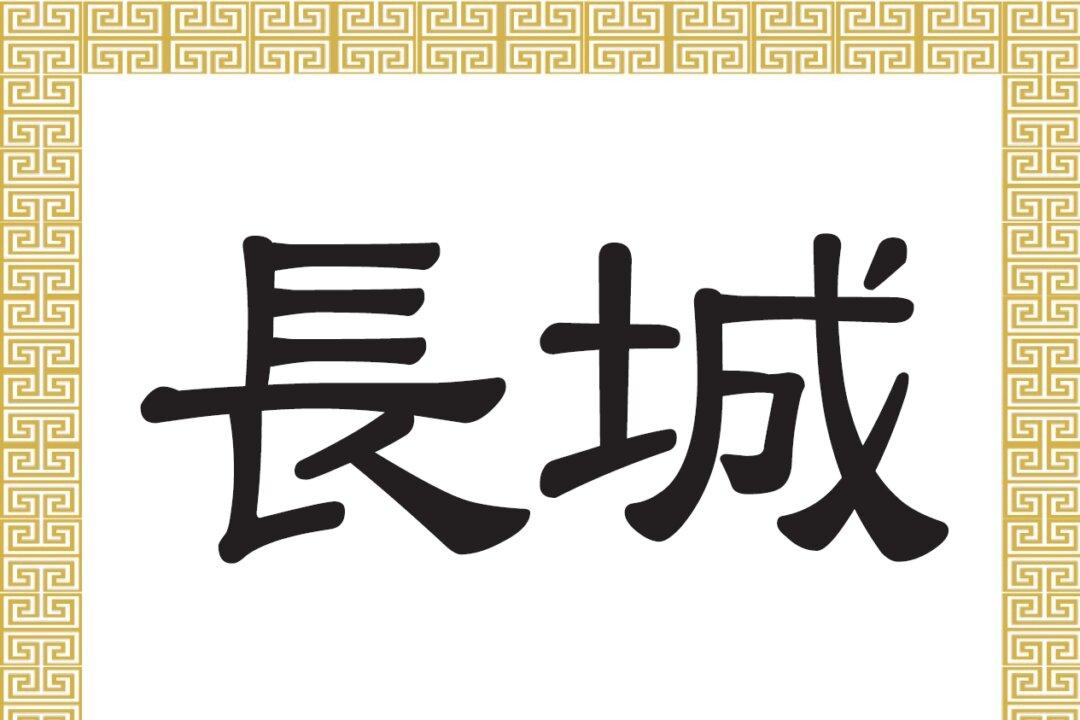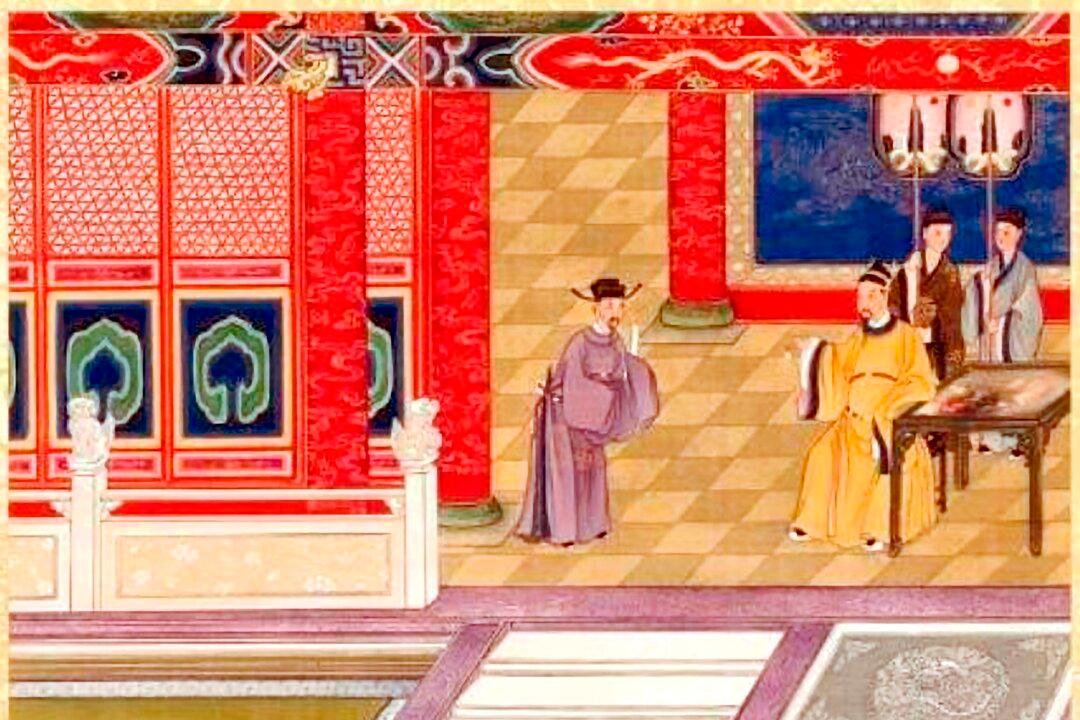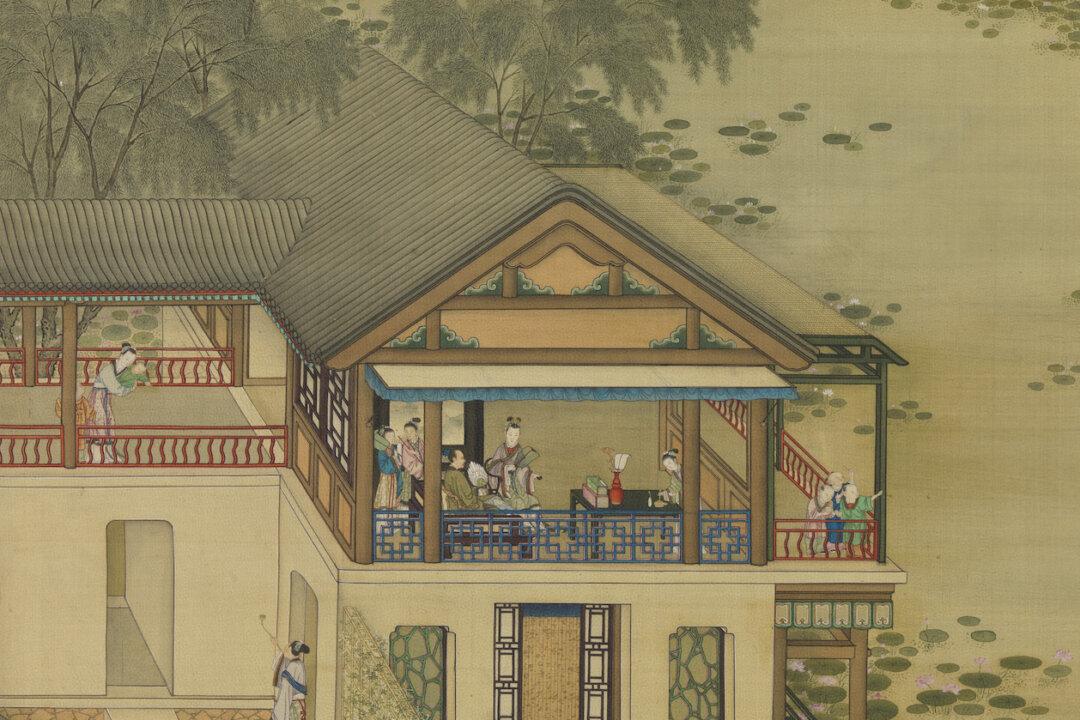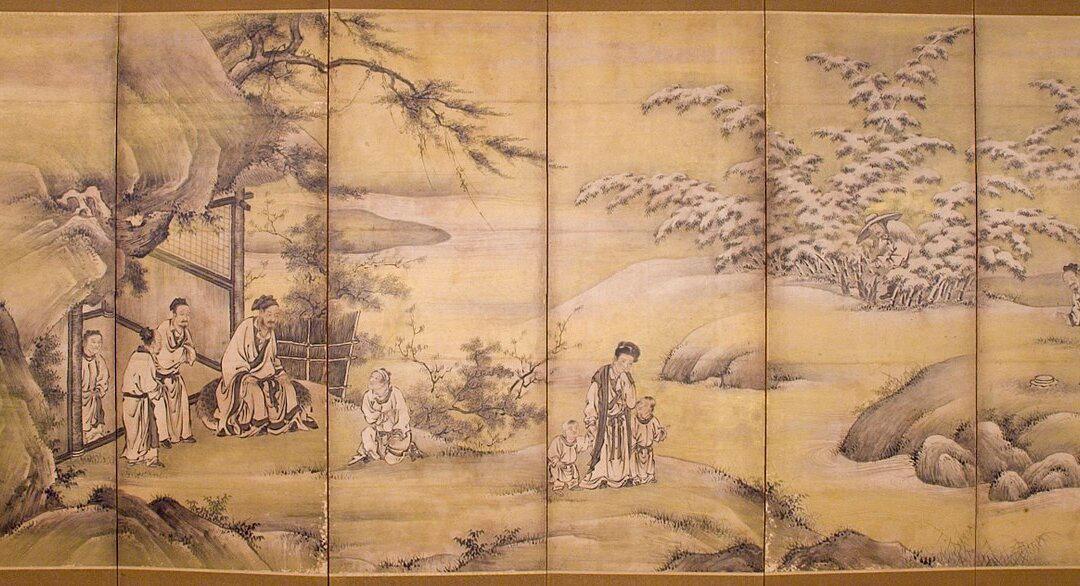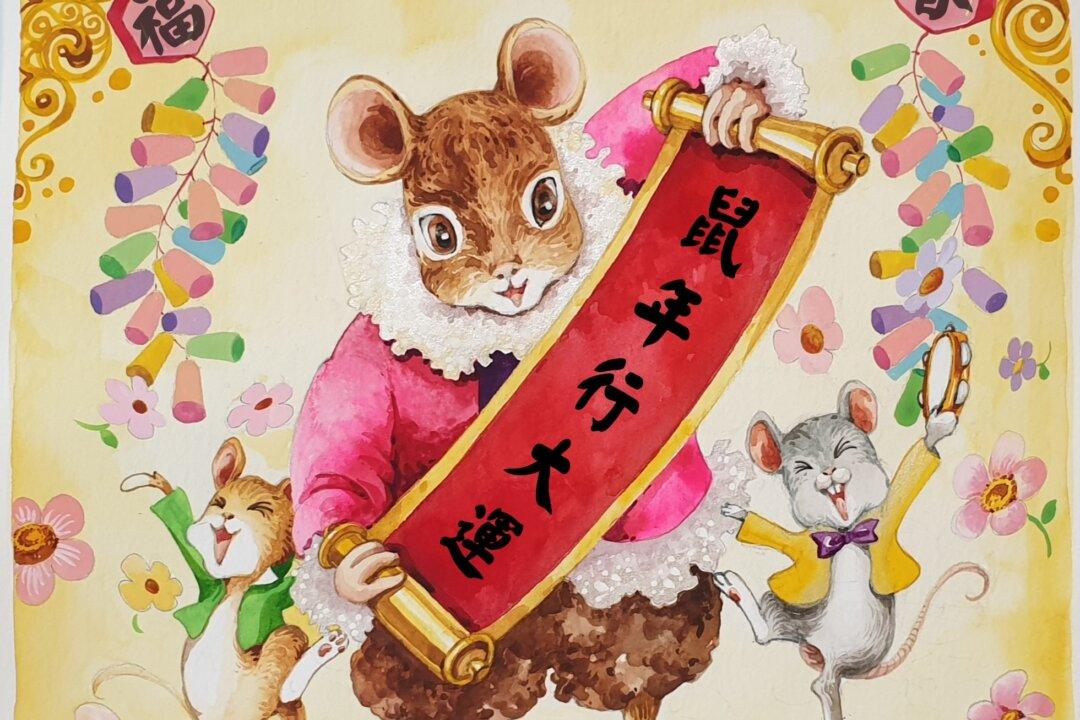The Great Wall of China is called 長城 (cháng chéng) in Chinese.
The first character, 長, when pronounced cháng, means long, lasting, and deep. It is also a radical. Its ancient form resembled a person with long hair. Its current form is a pictograph of a person with long hair with a walking stick.
The second character, 城 (chéng), is composed of two parts. The radical 土 (tǔ), a pictograph of a mound of soil on the ground, refers to soil, earth, or items made of earth. The character 成 (chéng) means to complete, accomplish, achieve, or succeed.
Thus 城 symbolizes an achievement accomplished using soil or earth. The character refers to a city, town, or municipality. It also refers to a castle, city wall, or place surrounded by city walls.
The Great Wall of China is also called 萬里長城 (wàn lǐ cháng chéng), literally “a 10,000-mile-long wall.” The monumental military defence structure measures over 20,000 kilometres, or 12,400 miles.
The Great Wall was designated a UNESCO World Heritage site in 1987.
According to UNESCO, it was built continuously by successive states and empires from the 3rd century B.C., or perhaps even earlier, to the Ming Dynasty in the 17th century A.D. along China’s northern border and Mongolia’s southern border.
The structure consists of walls, watch towers, shelters, and horse tracks, while along it are fortresses and passes.
